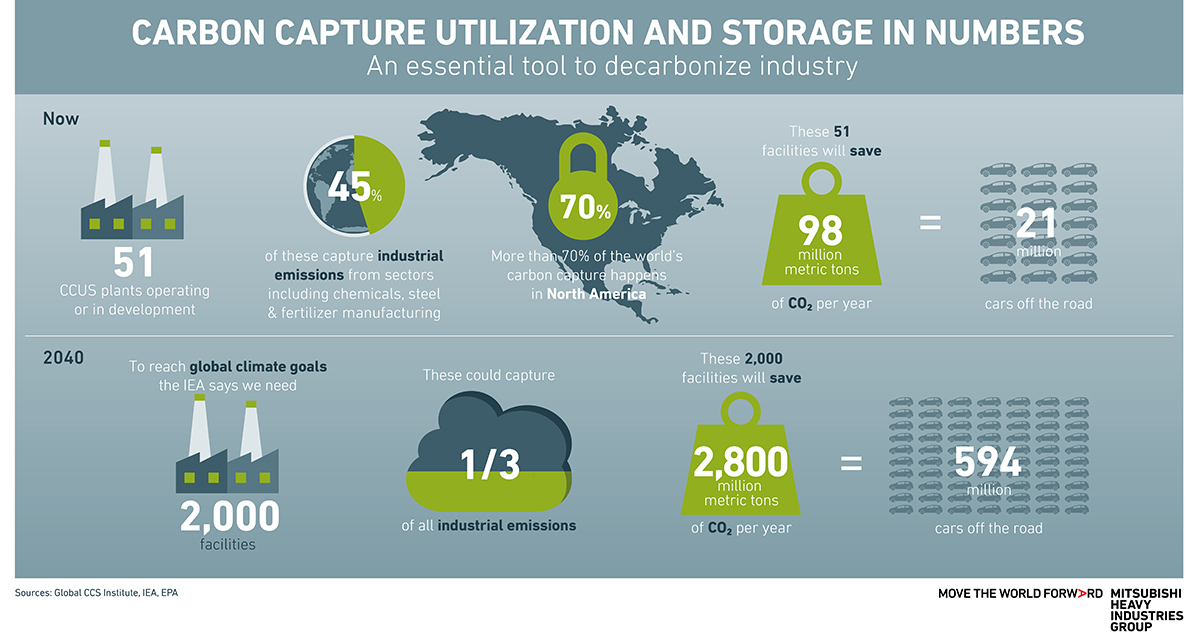In the race to net zero, carbon capture could prove a game-changer

As part of the energy industry’s ongoing quest to curb emissions, new technologies that help clean up fossil-fuel-reliant industrial processes are gaining momentum.
Carbon Capture Utilization and Storage (CCUS) is fast becoming an essential tool in the race to decarbonize coal and gas-fired power plants and heavy industry applications. CCUS prevents CO2 emissions from these processes reaching the atmosphere. Once captured, the carbon is either used as a resource or securely stored deep underground.
The process offers a route to the deep emissions reductions needed across key industrial sectors, particularly in hard-to-abate industries like steel, cement and chemicals.
Although still in its early stages, CCUS could potentially capture a third of all industrial emissions by 2040. But to realize this opportunity, policymakers, investors and the energy sector need to develop a framework for the technology to scale-up and take off.
Today, there are more than 50 projects worldwide, with many more at the development stage. Most of the world’s carbon capture currently takes place in North America, including the Century Plant in Texas, which is the largest single industrial source CO2 capture facility in the world.
But news is spreading fast as awareness grows of the opportunities the sector presents. Boosting the number of operational CCUS facilities to more than 2,000 in the coming two decades could save 2,800 million metric tons of CO2 every year − the equivalent of removing 594 million cars from the road.
This graphic reveals the numbers relating to today’s global CCUS sector, and what needs to happen in the future to hit global emissions-cutting targets.

Learn more about MHI Group's contribution to the world's largest negative emissions project




